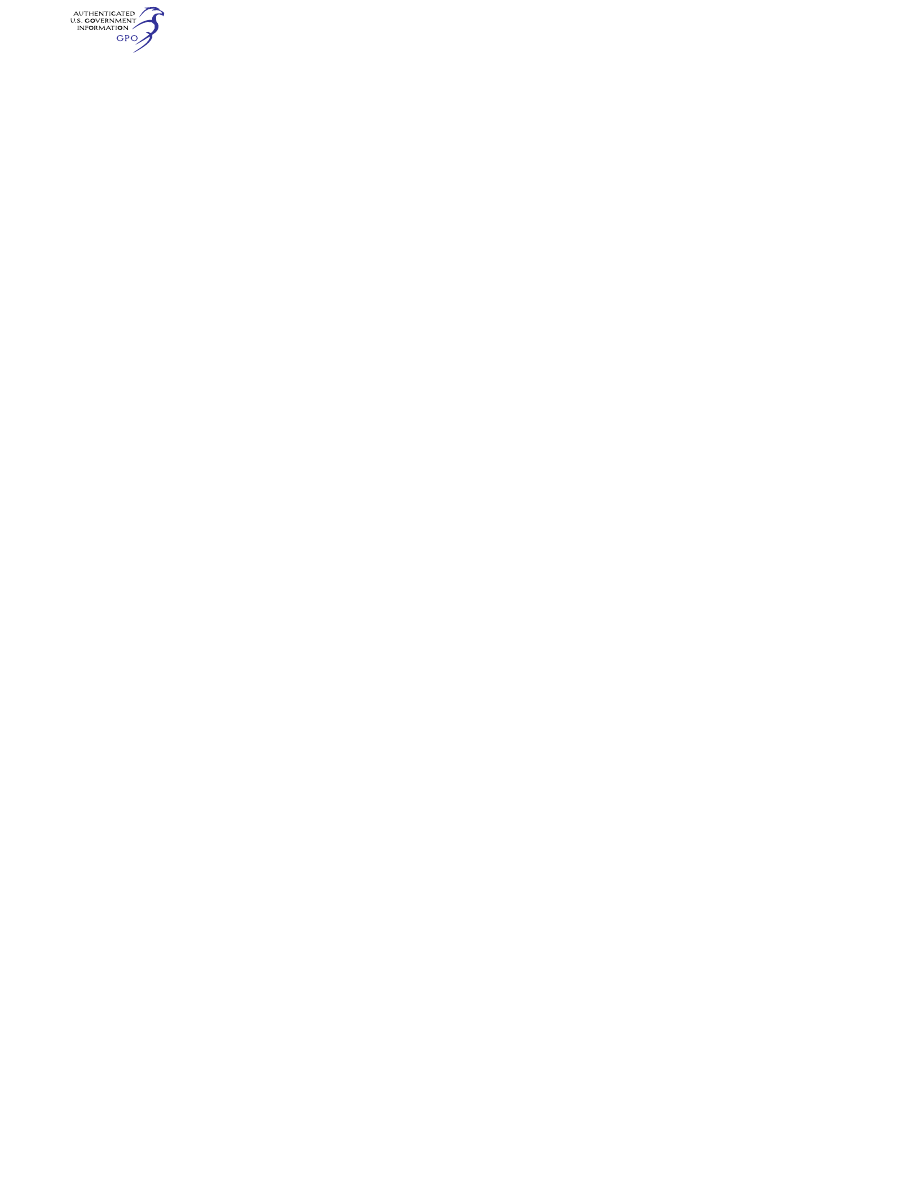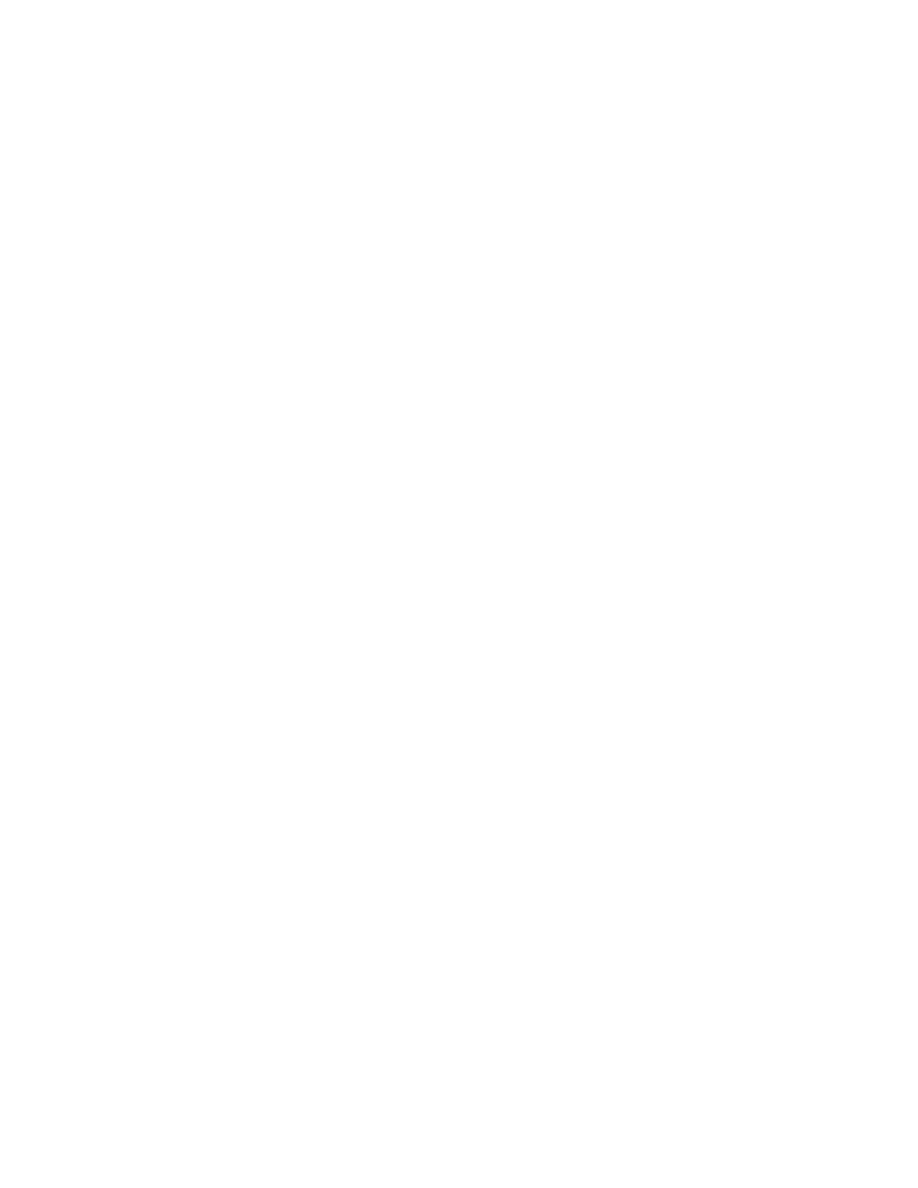
626
14 CFR Ch. I (1–1–24 Edition)
§ 29.907
(b)
Category A; engine isolation. For
each category A rotorcraft, the power-
plants must be arranged and isolated
from each other to allow operation, in
at least one configuration, so that the
failure or malfunction of any engine, or
the failure of any system that can af-
fect any engine, will not—
(1) Prevent the continued safe oper-
ation of the remaining engines; or
(2) Require immediate action, other
than normal pilot action with primary
flight controls, by any crewmember to
maintain safe operation.
(c)
Category A; control of engine rota-
tion. For each Category A rotorcraft,
there must be a means for stopping the
rotation of any engine individually in
flight, except that, for turbine engine
installations, the means for stopping
the engine need be provided only where
necessary for safety. In addition—
(1) Each component of the engine
stopping system that is located on the
engine side of the firewall, and that
might be exposed to fire, must be at
least fire resistant; or
(2) Duplicate means must be avail-
able for stopping the engine and the
controls must be where all are not like-
ly to be damaged at the same time in
case of fire.
(d)
Turbine engine installation. For
turbine engine installations—
(1) Design precautions must be taken
to minimize the hazards to the rotor-
craft in the event of an engine rotor
failure; and
(2) The powerplant systems associ-
ated with engine control devices, sys-
tems, and instrumentation must be de-
signed to give reasonable assurance
that those engine operating limitations
that adversely affect engine rotor
structural integrity will not be exceed-
ed in service.
(e)
Restart capability. (1) A means to
restart any engine in flight must be
provided.
(2) Except for the in-flight shutdown
of all engines, engine restart capability
must be demonstrated throughout a
flight envelope for the rotorcraft.
(3) Following the in-flight shutdown
of all engines, in-flight engine restart
capability must be provided.
(Secs. 313(a), 601, and 603, 72 Stat. 752, 775, 49
U.S.C. 1354(a), 1421, and 1423; sec. 6(c), 49
U.S.C. 1655(c))
[Doc. No. 5084, 29 FR 16150, Dec. 3, 1964, as
amended by Amdt. 29–12, 41 FR 55472, Dec. 20,
1976; Amdt. 29–26, 53 FR 34215, Sept. 2, 1988;
Amdt. 29–31, 55 FR 38967, Sept. 21, 1990; 55 FR
41309, Oct. 10, 1990; Amdt. 29–36, 60 FR 55776,
Nov. 2, 1995]
§ 29.907
Engine vibration.
(a) Each engine must be installed to
prevent the harmful vibration of any
part of the engine or rotorcraft.
(b) The addition of the rotor and the
rotor drive system to the engine may
not subject the principal rotating parts
of the engine to excessive vibration
stresses. This must be shown by a vi-
bration investigation.
§ 29.908
Cooling fans.
For cooling fans that are a part of a
powerplant installation the following
apply:
(a)
Category A. For cooling fans in-
stalled in Category A rotorcraft, it
must be shown that a fan blade failure
will not prevent continued safe flight
either because of damage caused by the
failed blade or loss of cooling air.
(b)
Category B. For cooling fans in-
stalled in category B rotorcraft, there
must be means to protect the rotor-
craft and allow a safe landing if a fan
blade fails. It must be shown that—
(1) The fan blade would be contained
in the case of a failure;
(2) Each fan is located so that a fan
blade failure will not jeopardize safety;
or
(3) Each fan blade can withstand an
ultimate load of 1.5 times the cen-
trifugal force expected in service, lim-
ited by either—
(i) The highest rotational speeds
achievable under uncontrolled condi-
tions; or
(ii) An overspeed limiting device.
(c)
Fatigue evaluation. Unless a fa-
tigue evaluation under § 29.571 is con-
ducted, it must be shown that cooling
VerDate Sep<11>2014
09:06 Jun 28, 2024
Jkt 262046
PO 00000
Frm 00636
Fmt 8010
Sfmt 8010
Y:\SGML\262046.XXX
262046
jspears on DSK121TN23PROD with CFR
